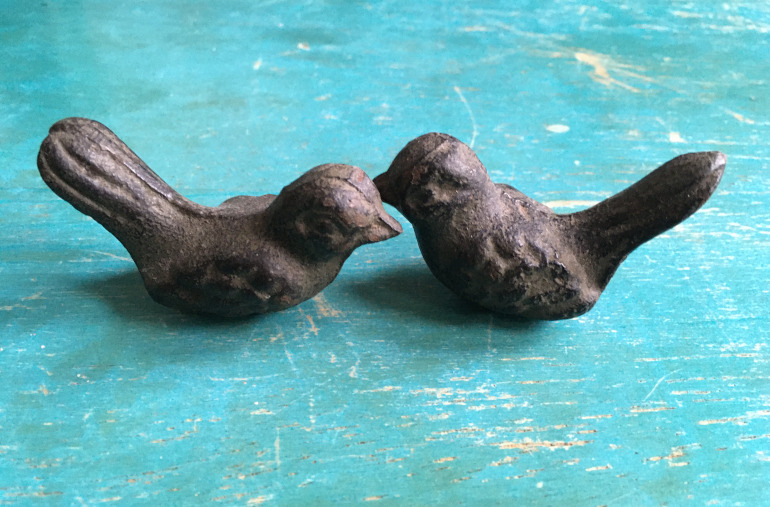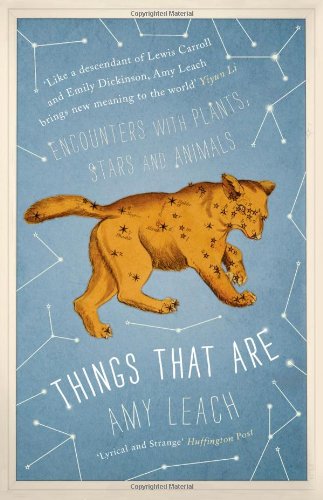 What kind of love story can you share in two tweets, an Instagram caption or a Facebook post? The New York Times invites you to tell them a love story from your own life — happy or sad, capturing a moment or a lifetime — in no more than 100 words.
What kind of love story can you share in two tweets, an Instagram caption or a Facebook post? The New York Times invites you to tell them a love story from your own life — happy or sad, capturing a moment or a lifetime — in no more than 100 words.
They say: “Include a picture taken by you that complements your narrative, whether a selfie, screenshot or snapshot. We seek to publish the funniest and heart-wrenching entries we receive. They must be true and unpublished.”
As days shorten and lockdowns tighten, love may be all you need (other than food, fluids, shelter, Netflix, and a decent broadband connection, oh, and books…), but can you condense it down to 100 words that capture the quirks of a love you know intimately?
They add: “Love may be universal, but individual experiences can differ immensely, informed by factors such as race, socio-economic status, gender, disability status, nationality, sexuality, age, religion and culture. As in the main Modern Love column, we are committed to publishing a range of experiences and perspectives in Tiny Love Stories. We especially encourage Black and Indigenous people and other people of color to submit, as well as writers outside of the United States and those who identify as members of L.G.B.T.Q. communities.”
I highly recommend you read some earlier examples of Tiny Love Stories at nytimes.com/modernlove.
Click here for submission terms, and bear in mind that “accepted stories will be edited for clarity and content in consultation with the writer.”
Find full details and submit here: https://www.nytimes.com/2018/09/19/style/modern-love-tiny-love-stories.html


